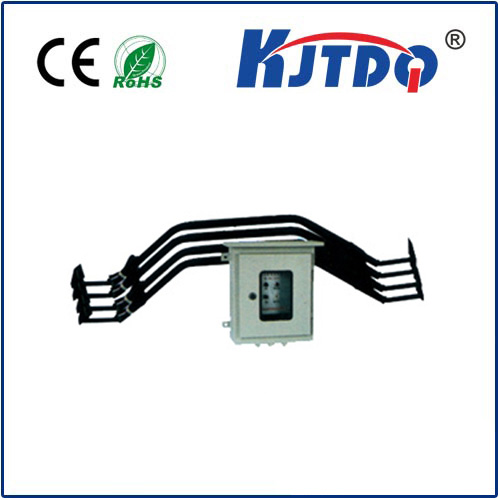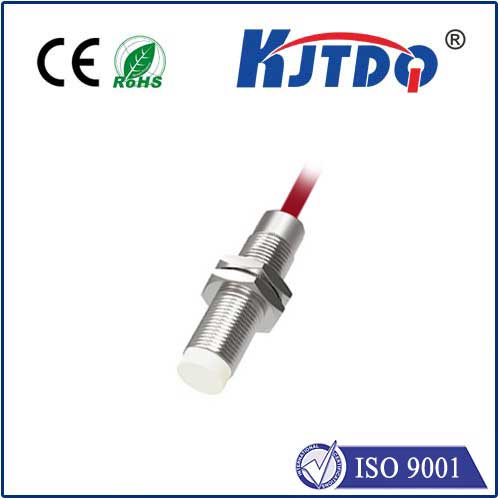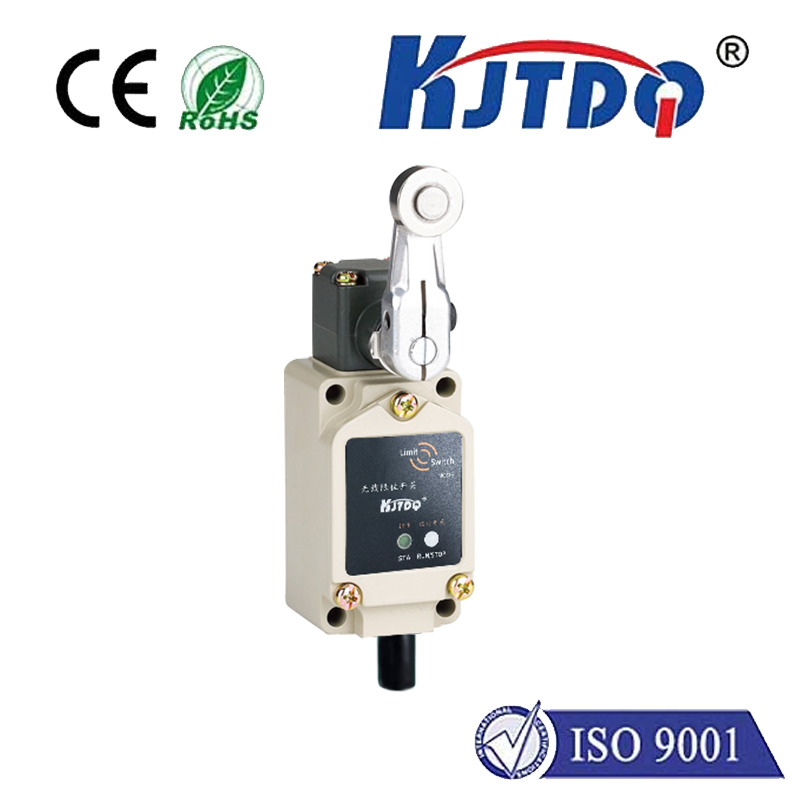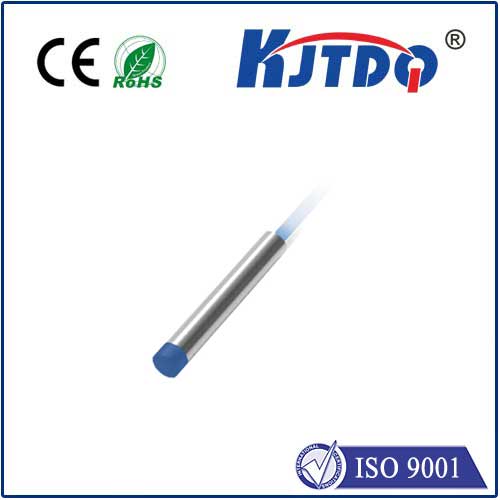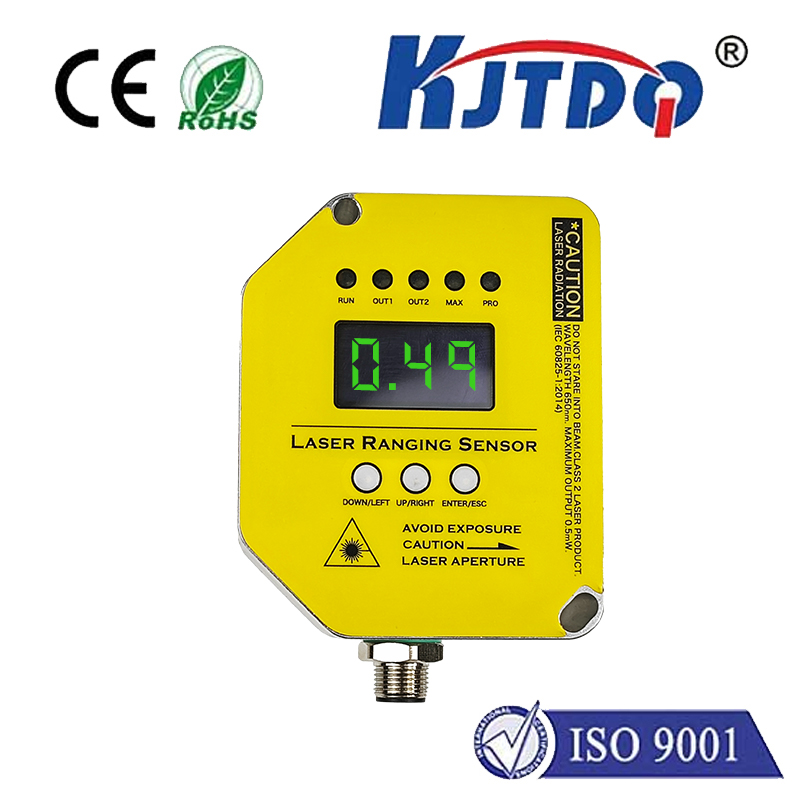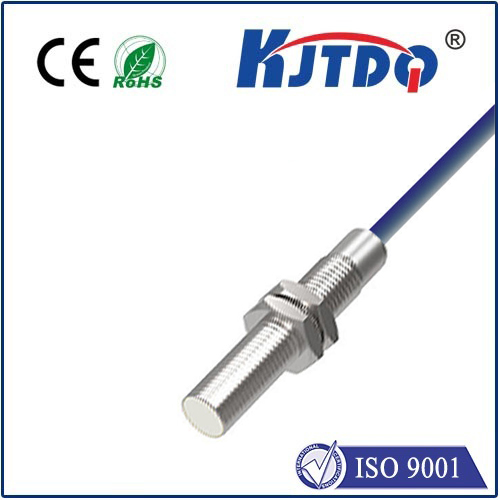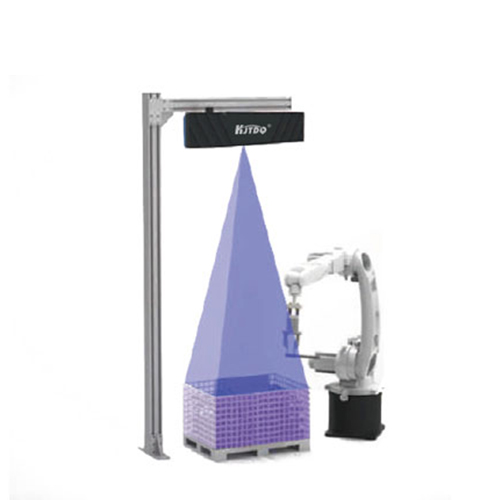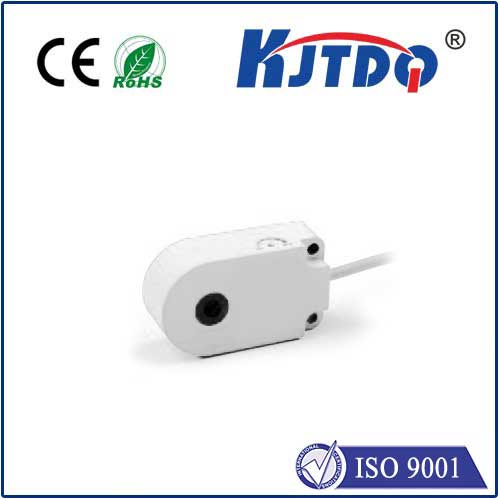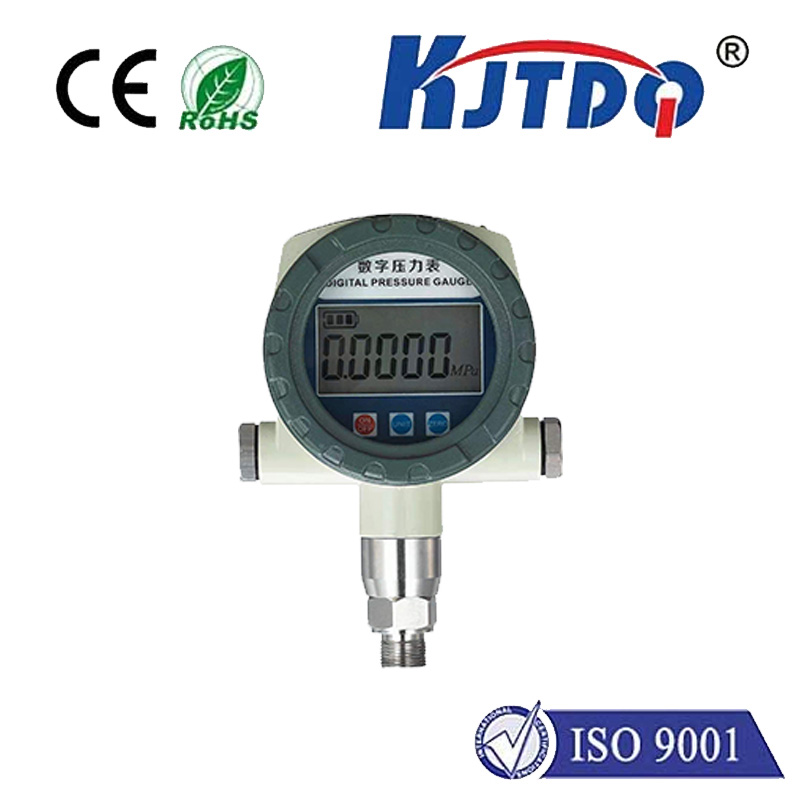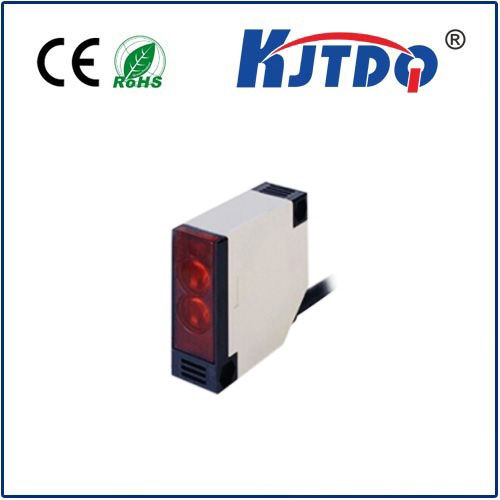

check

check

check

check

check

check

check

check

check

check
Light. It shapes our world, carries information, and interacts with matter in countless ways. Optical sensors are the technological eyes that translate these luminous interactions into measurable electrical signals. Understanding the different types of optical sensors is crucial for engineers, designers, and anyone working with photodetection or light sensing technology. These remarkable devices form the backbone of applications ranging from smartphone cameras and medical diagnostics to industrial automation and environmental monitoring. This guide delves into the major categories, demystifying how they capture the optical signal and convert it into usable data.
The Fundamental Principle: Light to Signal
At their core, optical sensors detect the presence, intensity, wavelength, or other characteristics of light. They operate on various physical principles, primarily falling into two broad classes: photon detectors (quantum) and thermal detectors. This distinction is key to understanding their performance, sensitivity, and applications.
1. Photon Detectors: Sensing Individual Particles of Light
Photon detectors work by directly absorbing photons (light particles), which excite electrons within the sensor material, generating an electrical current or voltage change proportional to the light intensity. They are generally faster and more sensitive than thermal detectors, especially to specific wavelengths.
Photodiodes: The workhorses of the optical sensing world. These semiconductor PN junction devices generate a current when photons strike them, creating electron-hole pairs. Key characteristics include:
Photovoltaic Mode: Operated with zero bias, generating a voltage. Common in solar cells.
Photoconductive Mode: Reverse biased, providing a linear current response to light intensity. Widely used for precise light measurement.
Speed: Can be very fast (nanosecond response times).
Spectral Range: Available for UV, Visible, IR (Silicon for visible/NIR, InGaAs for SWIR, Ge/InSb for longer IR).
Applications: Light meters, optical communication receivers, barcode scanners, medical pulse oximeters, position sensors.
Phototransistors: Essentially a bipolar transistor where light takes the place of, or supplements, the base current. Light hitting the base-collector junction generates carriers, amplifying the effect compared to a simple photodiode. Characteristics:
Built-in Gain: Provides higher sensitivity than photodiodes without external amplification.
Slower Speed: Typically slower response than photodiodes (microseconds).
Applications: Opto-isolators (opto-couplers), simple light switches, object detection (e.g., slot sensors), low-cost light level sensing.
Photoconductive Cells (LDRs - Light Dependent Resistors): These are passive components whose electrical resistance decreases when exposed to light. Made from materials like Cadmium Sulfide (CdS). Characteristics:
Simple & Low Cost: Very straightforward to use.
Slow Response: Reaction times can be hundreds of milliseconds.

Wide Spectral Sensitivity: Often peak in the visible range (green/yellow).
Applications: Simple light switches (streetlights, camera exposure meters historically), dusk-to-dawn controls, basic light level detection where speed isn’t critical.
Photovoltaic Cells (Solar Cells): A subset of photodiodes specifically optimized to convert light energy directly into electrical energy. Their primary focus is power generation rather than low-light signal detection. Characteristics:
Optimized for Efficiency: Maximize photocurrent output for given light input.
Large Areas: Often constructed with large surface areas.
Applications: Solar panels for power generation, portable chargers.
2. Thermal Detectors: Measuring the Heat of Light
Unlike photon detectors, thermal detectors absorb the energy of incident light, causing a rise in temperature within the sensor material. This temperature change alters a physical property (e.g., resistance, voltage, pressure), which is then measured. They generally respond to a broad spectrum of wavelengths but are slower and often less sensitive than photon detectors.
Pyroelectric Detectors: Utilize materials that generate a temporary electrical charge when their temperature changes. They only respond to changing light intensity (AC signals), not steady-state (DC) light. Characteristics:
AC Response Only: Ideal for detecting motion or modulated light (e.g., IR remote control signals).
Broadband IR Sensitivity: Detect IR radiation without needing cooling.
Applications: Motion (PIR) sensors for security and lighting, flame detectors, IR spectroscopy, gas analysis.
Bolometers: Measure the change in electrical resistance of a material due to heating by absorbed radiation. Microbolometers, using MEMS technology, are dominant in uncooled thermal imaging. Characteristics:
Measure Absolute Temperature: Respond to both DC and AC radiant energy.
Broad Spectral Response: Detect across a wide IR range.
Can be Uncooled: Makes thermal cameras more accessible and portable.
Applications: Thermal imaging cameras (security, building inspection, firefighting, automotive), night vision, scientific IR measurement.
Thermopiles: Consist of multiple thermocouple junctions connected in series. Incident radiation heats the “hot” junctions relative to the “cold” junctions, generating a voltage proportional to the temperature difference and thus the radiation power. Characteristics:
Broadband Responsivity: Sensitive over a wide IR range.
Stable DC Response: Suitable for measuring total power or temperature.
Rugged & Reliable.
Applications: Non-contact temperature measurement (ear thermometers, industrial processes), power meters for lasers, presence detection, gas analysis.
3. Image Sensors: Capturing Spatial Information
While built upon photodetectors (primarily photodiodes), image sensors deserve their own category due to their unique function: capturing two-dimensional spatial information from light. They consist of arrays of millions of tiny photodetectors (pixels).
CCD (Charge-Coupled Device): Photons generate charge in each pixel. This charge is then physically shifted across the chip pixel-by-pixel and row-by-row to a corner output amplifier. Characteristics:
High Uniformity & Low Noise: Traditionally offered superior image quality (low fixed-pattern noise).
Higher Power Consumption: Requires precise clocking for charge transfer.
Slower Readout: Charge shifting takes time.
Applications: High-end scientific imaging, astronomy, applications requiring ultimate image fidelity.
CMOS (Complementary Metal-Oxide-Semiconductor): Each pixel contains its own amplifier and often includes other transistors for functions like noise reduction. Charge is converted to voltage at the pixel and read out selectively via row/column addressing. Characteristics:
Lower Power Consumption: Only active pixels consume significant power.
Faster Readout: Random access to pixels allows windowing, high-speed capture.
Integration Potential: Logic functions (e.g., ADCs, control) can be fabricated on the same chip.
Cost-Effective: Mass-produced using standard CMOS processes.
Applications: Ubiquitous: Smartphones, DSLRs, webcams, automotive cameras, machine vision, security cameras, medical endoscopy.
4. Fiber Optic Sensors: Light Guides the Way
While not a primary detection type like photodiodes or thermopiles, fiber optic sensors are a vast and strategically important application domain worth highlighting separately. They use optical fibers as the sensing element or as a
